Here is my review of Paul Mitchell tea tree hair and scalp treatment. I’ve listed out the ingredients and given the advantages and disadvantages of the shampoo.
Paul Mitchell is a brand that has been around since ages and has so many amazing products. But off late, one of the products that have gained a lot of hype is the Paul Mitchell Tea Tree Hair and Scalp Treatment.
This product is supposed to be “invigorating and soothing” for the hair and scalp as the product suggests, but is it actually?
Well, many times we look out for reviews of a certain product before we decide to try it out ourselves.
So, here is a detailed review about the Paul Mitchell Tea Tree Hair and Scalp Treatment.
Review Of Paul Mitchell Tea Tree Hair And Scalp Treatment
About the brand: Paul Mitchell
Most people look for reputed brands to buy their products from. Well, Paul Mitchell is one of them!
Paul Mitchell is one of the most popular professional hair care product brands out there, which has been around for 40 years now. They have over 100,000 salons in 81 countries all over the world.
This Brand is known for using the best and highest quality ingredients in their products and give the people a 100% guarantee whenever any of their products are purchased from the official John Paul Mitchell website, salon or one of their schools.
Paul Mitchell is also well-known for being a brand that offers transparency, so people can make an informed purchase. So each product you buy will mention various aspects like “paraben-free”, “sulfate-free”, “vegan”, “colour-safe”, “gluten-free” etc.

What is the Paul Mitchell Tea Tree Hair and Scalp Treatment?
The Paul Mitchell Tea Tree Hair and Scalp Treatment is a liquid cream that can be used on the hair and scalp as a treatment before you shampoo and condition your hair and scalp.
It is especially used for those who have dry hair and also scalp conditions like dryness, itchiness, flaking, buildup, dandruff and seborrheic dermatitis.
This product helps to hydrate the hair and scalp and rejuvenate it by moisturizing and conditioning it. It contains many natural ingredients along with other ingredients that work on the hair and scalp.
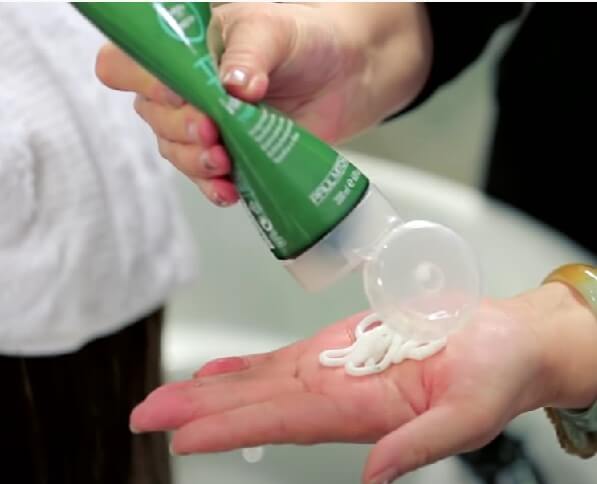
Top Ingredients in the Tea Tree Hair and Scalp Treatment
The Paul Mitchell Tea Tree Hair and Scalp Treatment contain 11 different natural ingredients that are all beneficial to the hair and scalp.
Here are their benefits
1. Tea Tree
Tea tree extract is one of the best remedies to treat dandruff and flakiness. It can help soothe the skin and reduce the itching.
When the skin is dry it can become scaly and tea-tree extra can help reduce the formation of these scales. It can help keep the hair and scalp healthy and well-moisturized.
2. White Ginger Lily Extract
The white ginger lily extract is beneficial to the scalp as it has anti-inflammatory properties to help soothe the scalp and reduce any itchiness caused by scalp conditions.
It can also successfully help improve hair and scalp health and increase hair growth.
3. Shea Butter
Shea butter is one of the best ingredients for flakiness on the scalp and is a good remedy for an irritated scalp because it has powerful anti-inflammatory properties.
It can help heal the scalp and also reduce scalp and hair dryness by keeping it sufficiently moisturized, hydrated and well-conditioned. It can also help promote better hair shine and lustre.
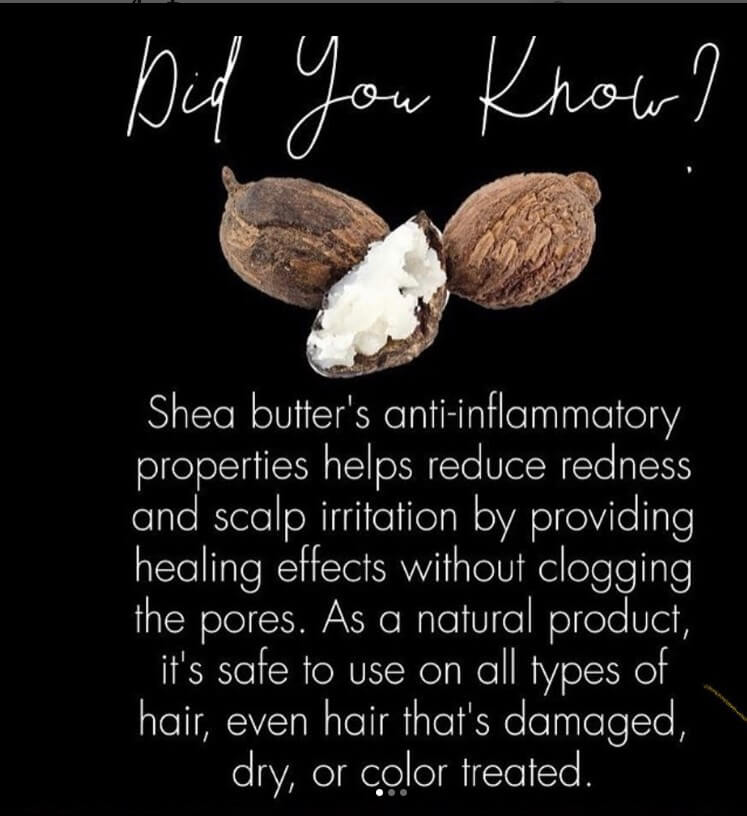
4. Jojoba Extract
Jojoba extract acts as a scalp and hair moisturizer. When the hair is moisturized and conditioned, it doesn’t succumb to dryness and this can thereby reduce the itching on the scalp due to dryness.
It is also known to be an effective remedy for those who have dandruff and other scalp conditions. It can also help promote hair growth and reduce hair fall.
5. Aloe Vera Extract
Aloe vera is a very well-known ingredient used in many hair care products because it is highly beneficial to the hair and scalp. It can not only strengthen the hair and reduce hair fall, it can also make the hair and scalp less greasy, thereby reducing dandruff formation.
It can also improve scalp health and reduce the itching caused by scalp conditions.
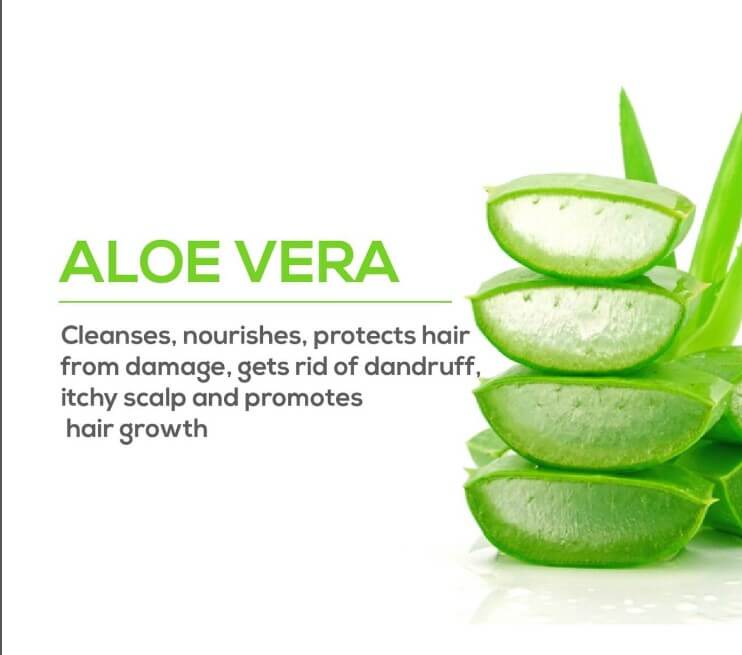
6. Chamomile
Chamomile can help add lustre and shine to dull hair and increase hair strength and reduce hair damage.
It is known to have anti-inflammatory properties that can help heal the scalp and reduce the dryness and itchiness due to dandruff and seborrheic dermatitis.
7. Rosemary
Rosemary is known to have anti-inflammatory properties and can be very helpful to reduce scalp itchiness caused by scalp conditions.
It can also help prevent dandruff. It can increase blood circulation in the scalp and improve hair growth and reduce hair loss.
8. Soy Protein
Soy protein is found in any soy products and can benefit the hair as it helps moisturize and condition the hair and provides nourishment to the scalp and hair.
It can also improve hair texture; promote hair strength and better hair health. It is known to repair hair that is damaged.
9. Glycerin
Glycerin is derived from vegetable oil or animal fat and therefore it is a natural compound. It is also called as glycerol. Glycerin can work well on any hair type – frizzy, straight, curly, thick etc.
It has hair restorative properties that can help heal damaged hair and can condition the hair to avoid further hair breakage due to it being dry.
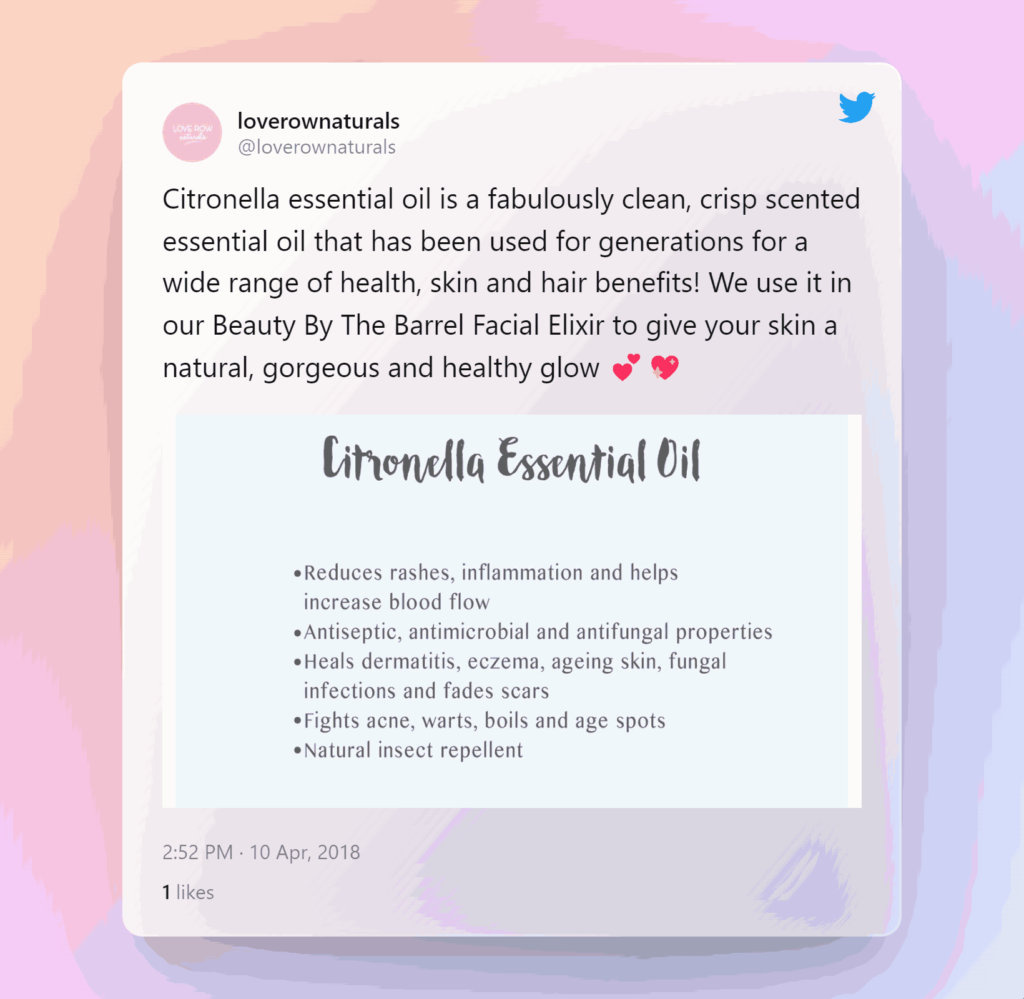
10. Citronella
Citronella is an essential oil that can help reduce itchiness on the scalp caused by dandruff and other scalp conditions. It helps nourish the scalp and also promote hair growth. This ingredient is useful in cleansing the scalp and hair.
11. Limonene
Limonene is a natural chemical as it is found in the peels of fruits that are citrus in nature. Limonene can benefit the hair as it contains the compound called ‘D-limonene’ that has anti-inflammatory properties and can help reduce scalp itchiness caused by scalp conditions. It can help reduce hair loss and promote better hair growth.
How to use the Paul Mitchell Tea Tree Hair and Scalp Treatment?
Step 1: Dampen your hair with plain water.
Step 2: Take a pea-sized amount of the Paul Mitchell Tea Tree Hair and Scalp Treatment and apply it all over your hair and scalp and let it lather well. Leave it on for 2 to 3 minutes.
Step 3: Rinse off properly with plain water.
Step 4: Shampoo and condition thereafter.
Overall Review: Pros and Cons
Pros of using the Paul Mitchell Shampoo
- Can help reduce the flaking of the scalp skin caused by dandruff and seborrheic dermatitis.
- Helps reduce itchiness on the scalp.
- Acts as a scalp exfoliator, as it contains microbeads/ grit particles that exfoliate the scalp.
- It helps soothe the scalp.
- Can help reduce dry scalp and hair considerably.
- Doesn’t leave the hair greasy.
- It doesn’t have a harsh smell of tea tree.
- This product spreads and lathers well on the scalp and hair when massaged in well.
- Helps reduce scalp buildup, as it acts as an exfoliating agent.
- People with colour-treated hair can use it.
- Contains no parabens and is thereby gentle on the hair.
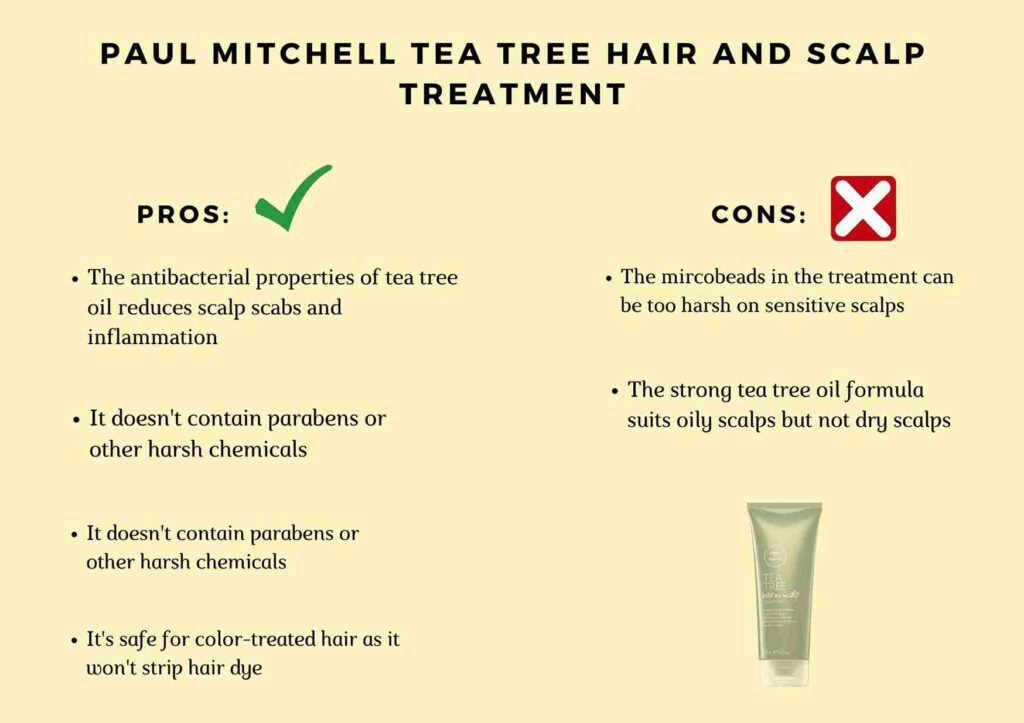
Cons of the Paul Mitchell Shampoo
- Since it contains microbeads/ grit particles, they can remain on the scalp if not rinsed off properly.
- Can cause hair fall if left on the scalp for more than 2 to 3 minutes of use.
Final Verdict on the Paul Mitchell Tea Tree Scalp Treatment
The Paul Mitchell Tea Tree Scalp Treatment is a fantastic product for people suffering from scalp issues such as dandruff, scalp scabs, itchiness and excess oiliness. Most of it's ingredients are derived from natural sources such as the top one, tea tree oil. Now this essential oil is proven to have anti-inflammatory and antibacterial properties. However, this treatment is specifically created for such oily, inflamed scalp types so it might not be the best for dry scalps. Also the scrubbing action of the treatment might be a bit much for sensitive scalps.
Complete Ingredients List of the Paul Mitchell Tea Tree Scalp Treatment
- Aqua (Water
- Eau)
- Cetyl Alcohol
- Isohexadecane
- Isododecane
- Cetearyl Alcohol
- Stearyl Alcohol
- Parfum (Fragrance)
- Stearalkonium Chloride
- Melaleuca Alternifolia (Tea Tree) Leaf Oil
- Panthenol
- Hedychium Coronarium (White Ginger) Flower/Leaf/Stem Extract
- Butyrospermum Parkii (Shea) Butter
- Algae Extract
- Simmondsia Chinensis (Jojoba) Leaf Extract
- Aloe Barbadensis Leaf Extract
- Anthemis Nobilis Flower Extract
- Rosmarinus Officinalis (Rosemary) Leaf Extract
- Hydrolyzed Soy Protein
- Hydrogenated Jojoba Oil
- Behentrimonium Methosulfate
- Glycerin
- Ceteareth-20
- Guar Hydroxypropyltrimonium Chloride
- Tocopheryl Acetate
- Salicylic Acid
- Alcohol
- Bisamino PEG/PPG-41/3 Aminoethyl PG-Propyl Dimethicone
- PEG-12 Dimethicone
- Magnesium Chloride
- Magnesium Nitrate
- Methylchloroisothiazolinone
- Methylisothiazolinone
- Limonene
- Linalool
- Citronellol
How To Use The Paul Mitchell Tea Tree Hair And Scalp Treatment
If you’re in need of an all-in-one hair and scalp treatment, look no further than the Paul Mitchell Tea Tree Hair and Scalp Treatment. This product is designed to help hydrate, soothe, and cleanse your hair and scalp, leaving you with healthy, beautiful locks.
Here’s how to use it effectively:
First, wash your hair with your usual shampoo and rinse thoroughly. Apply a small amount of the treatment to your hair and scalp, focusing on any problem areas such as dry patches or dandruff.
Massage the treatment in gently and leave it on for 3-5 minutes to allow the tea tree oil, peppermint, and lavender extracts to penetrate deeply.
If you have particularly dry or damaged hair, consider wrapping your hair in a heated towel or shower cap to allow for deeper penetration and extra nourishment.
After 3-5 minutes, rinse the treatment thoroughly and style your hair as desired. You can use this treatment once a week to keep your hair and scalp healthy, or as needed if you notice any dryness or irritation.
Overall, the Paul Mitchell Tea Tree Hair and Scalp Treatment is a must-have for anyone looking to give their hair and scalp some extra TLC.
Should I Use The Paul Mitchell Tea Tree Hair And Scalp Treatment Before Or After Shampoo
If you're wondering whether to use the Paul Mitchell Tea Tree Hair And Scalp Treatment before or after shampooing, I've got you covered!
As someone who's been using this treatment for years, I can confidently say that it's a game-changer for those looking to nourish and soothe their hair and scalp. So, should you use it before or after shampooing? It depends on your hair type and concerns.
If you have an oily scalp or use lots of styling products, I recommend using it before shampooing. This will help to break down any buildup or excess oil, leaving you with a refreshed and balanced scalp.
Simply apply the treatment to dry hair and leave it on for 5-10 minutes before rinsing and shampooing as normal. On the other hand, if you have dry or damaged hair, I suggest using the treatment after shampooing.
This will give your hair an extra boost of hydration and nourishment, without weighing it down. Apply the treatment to clean, damp hair, and leave it on for a few minutes before rinsing thoroughly.
No matter how you choose to use it, the Paul Mitchell Tea Tree Hair And Scalp Treatment is a must-have for anyone looking to improve the health and appearance of their hair.
It's made with natural ingredients like tea tree oil and peppermint, which work together to soothe and invigorate the scalp while leaving your hair feeling soft and silky.
What Are The Paul Mitchell Tea Tree Hair And Scalp Treatment Benefits
Are you tired of dealing with a dry, itchy scalp and lackluster hair? Look no further than the Paul Mitchell Tea Tree Hair and Scalp Treatment.
This powerful formula is designed with tea tree oil, peppermint, and lavender to nourish your scalp and revitalize your hair. One of the primary benefits of this treatment is its ability to soothe and hydrate your scalp.
The tea tree oil works to reduce inflammation and irritation, while the peppermint provides a cooling sensation that helps to alleviate itchiness.
The lavender adds a calming scent that provides a relaxing experience during your scalp massage. Not only does this treatment improve scalp health, it also strengthens and adds shine to your hair.
The tea tree oil and peppermint work together to promote healthy hair growth, while the lavender helps to lock in moisture and prevent breakage. The result is a healthier, fuller head of hair that radiates shine. Another benefit of this treatment is its versatility.
It can be used on all hair types, whether you have thick, curly locks or fine, straight hair. Simply massage the formula into your scalp and hair, leave it in for a few minutes, and rinse thoroughly.
After experiencing the Paul Mitchell Tea Tree Hair and Scalp Treatment for myself, I can confidently say that it is worth every penny.
The unique blend of tea tree oil, lavender, and peppermint not only provided a refreshing sensation but also actively worked to soothe and nourish my scalp. The lightweight formula left my hair feeling clean and rejuvenated without leaving any residue or buildup.
Frequently Asked Questions (FAQs) about the Paul Mitchell Tea Tree Shampoo
1. How do I know that I am getting the original Paul Mitchell Tea Tree product online?
2. What is the cost of the Paul Mitchell Tea Tree Hair and Scalp Treatment?
You can also choose to buy this product from other authorized websites for the sale of this product for the same prices.
3. Does the Paul Mitchell Tea Tree Hair and Scalp Treatment help cure seborrheic dermatitis?
4. Is it true that this product helps in scalp exfoliation to get rid of scalp buildup?
5. Can the Paul Mitchell Tea Tree Hair and Scalp Treatment be used by both men and women?
6. How often do I need to use this treatment?
The final takeaway
I hope this review was able to give you a fair idea about the brand, the Paul Mitchell Tea Tree Hair and Scalp Treatment product, its ingredients and how to use it on your scalp and hair.
If you are someone who has dry hair or scalp conditions like dandruff, seborrheic dermatitis, flaking and itchiness, then this product is definitely one you could consider trying out.

